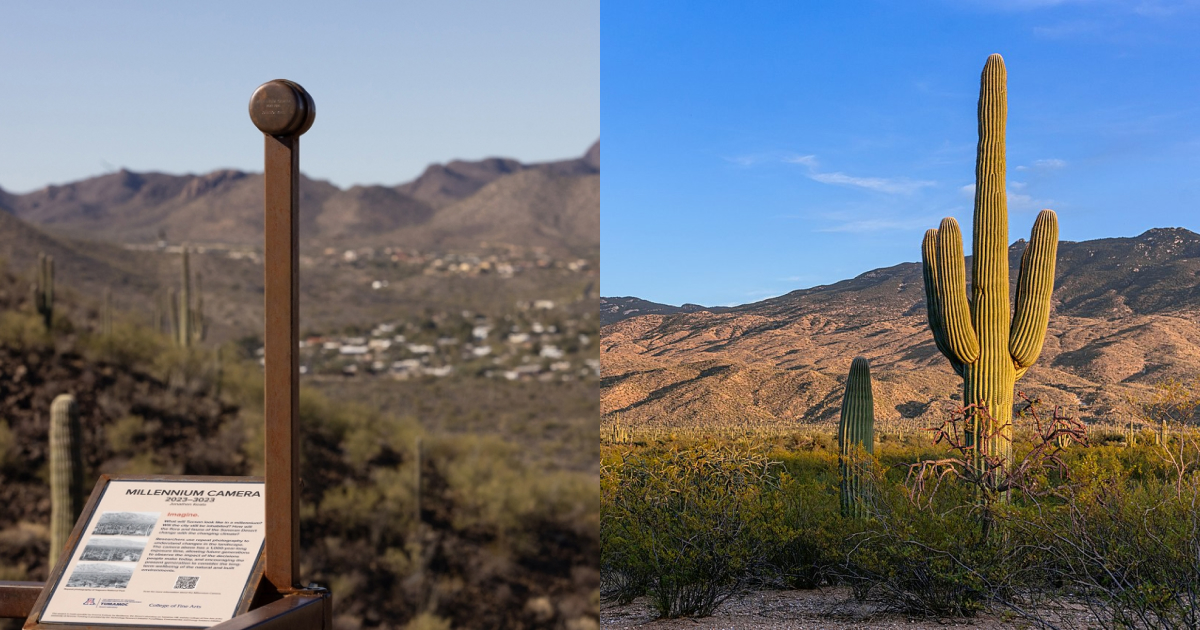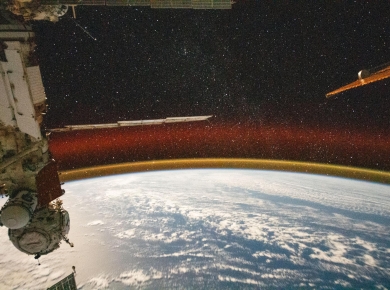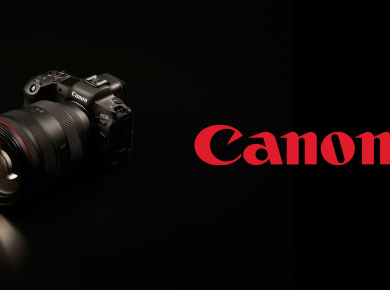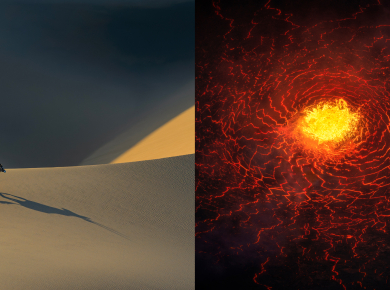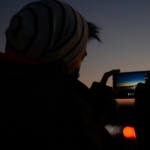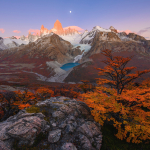With the hope of inspiring contemplation about what impact humans can have on our future, the University of Arizona’s experimental philosopher, Jonathon Keats, has conceptualised the Millennium Camera. Nestled on Tumamoc Hill (Tucson, Arizona), this camera invites hikers to pause and consider the profound changes that may unfold over the next 1,000 years, all through the lens of photography.
Crafted with simplicity in mind, the Millennium Camera employs a pin-sized aperture in a sheet of 24-carat gold, channeling light into a copper cylinder atop a steel pole. Over the course of a millennium, the sun’s reflections on Tucson’s landscape will gently fade a light-sensitive surface coated with layers of rose madder, an oil paint pigment, creating a unique, long-exposure image of Tucson’s evolving panorama.
Positioned next to a bench facing west over the Star Pass neighbourhood, the camera serves as a visual catalyst, prompting hikers to envision the city’s future. Keats emphasises the importance of imagining various scenarios, stating, “Most people have a pretty bleak outlook on what lies ahead. It’s easy to imagine that people in 1,000 years could see a version of Tucson that is far worse than what we see today, but the fact that we can imagine it is not a bad thing. It’s actually a good thing because if we can imagine that, then we can also imagine what else might happen, and therefore it might motivate us to take action to shape our future.”
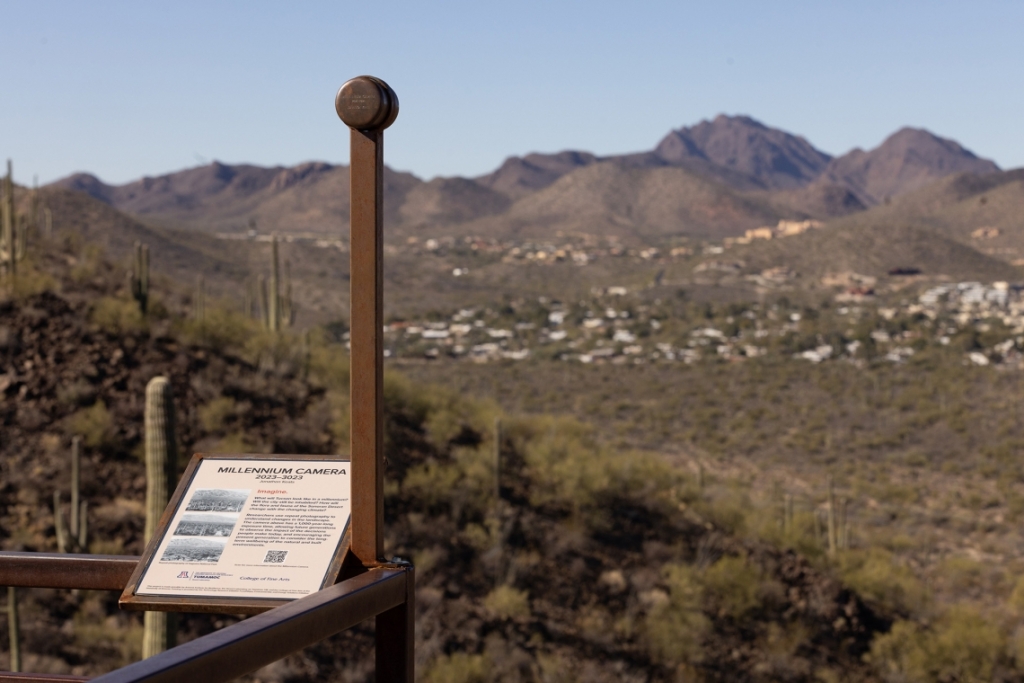
Contrary to modern cameras relying on digital technology, the Millennium Camera’s use of sun-faded pigment presents a novel approach to capture images over a millennium. While uncertainties abound, including the camera’s survival and potential changes to the landscape, Keats envisions a final image where enduring features appear sharp, juxtaposed with softer, dynamic elements, offering a layered narrative of Tucson’s evolution.
Will the camera still be around in 1000 years?
“One thousand years is a long time, and there are so many reasons why this might not work,” admits Keats. “The camera might not even be around in a millennium. There are forces of nature and decisions people make, whether administrative or criminal, that could result in the camera not lasting.”
Should the camera withstand the test of time, Keats envisions the final image to reflect the landscape’s enduring features with sharpness, while the inherently unstable land may introduce inevitable blur. Dynamic elements will appear soft, and sudden changes will overlay, creating a visual amalgamation akin to multiple overlapping images.
“Let’s take a really dramatic case where all the housing is removed 500 years in the future,” suggests Keats. “What will happen then is the mountains will be clear and sharp and opaque, and the housing will be ghostly. All change will be superimposed on one image that can be reconstructed layer by layer in terms of interpretation of the final image.”
Keats maintains a firm stance that the camera should not be opened before 1,000 years. “If we open in the interim, then it diminishes the imagining that we need to be doing,” he insists.
A philosophical conversation
Keats aims not only to provide a record for the future but to instigate present-day reflection and planning. He urges society to consider the impact of urban sprawl on the natural environment urgently. “By no means is the camera making a statement about development – about how we should build the city or not going forward,” Keats said. “It is set there to invite us to ask questions and to enter into conversation and invite the perspective of future generations in the sense that they’re in our minds.”
The choice of Tumamoc Hill as the camera’s location holds symbolic significance, mirroring the petroglyphs on the hill as a form of communication across generations. Keats plans to expand this visual dialogue by installing additional cameras, potentially overlooking downtown Tucson and the Santa Rita Experimental Range, engaging communities in contemplating the intersection of humanity and the environment.
Beyond Tucson, Keats envisions a global network of Millennium Cameras, with plans to install them in Chongqing, China, Griffith Park in Los Angeles, and the Austrian Alps. He hopes this visionary project fosters a planetary process of reimagining Earth for future generations through the lens of photography. As Keats asserts, “This project depends on doing this in many places all over the world.”
